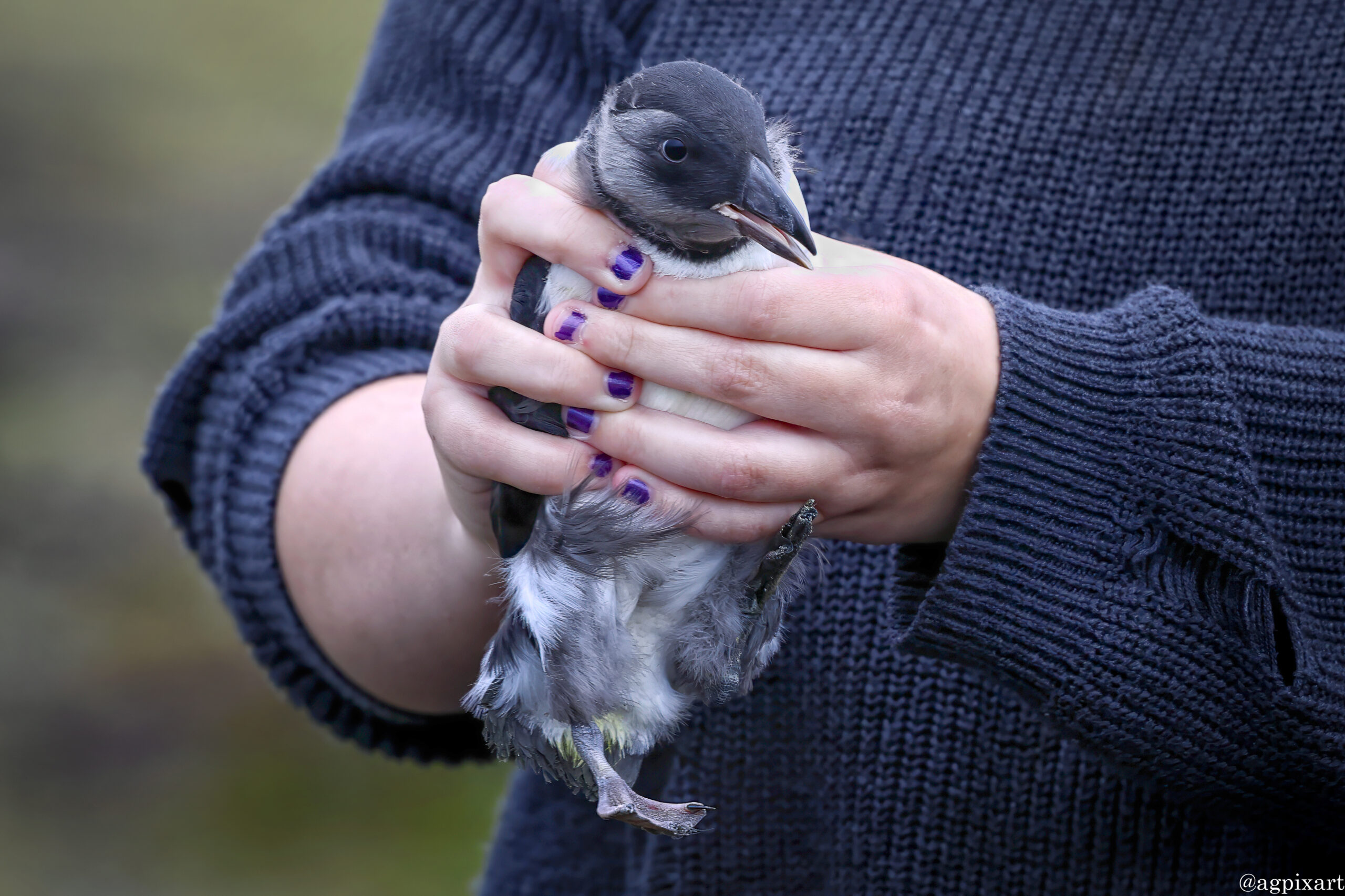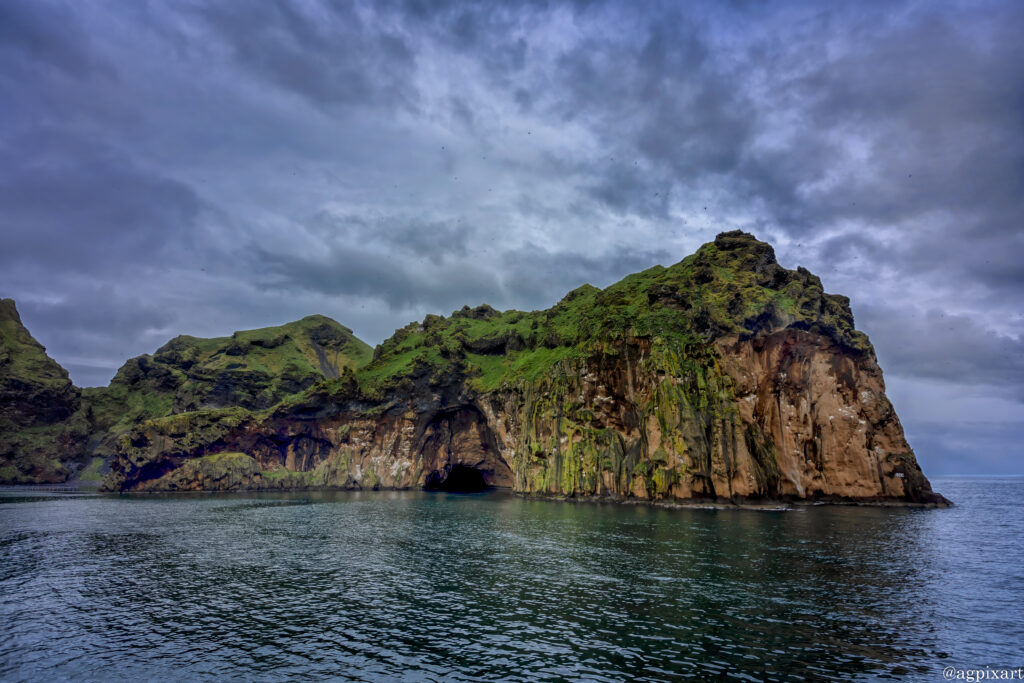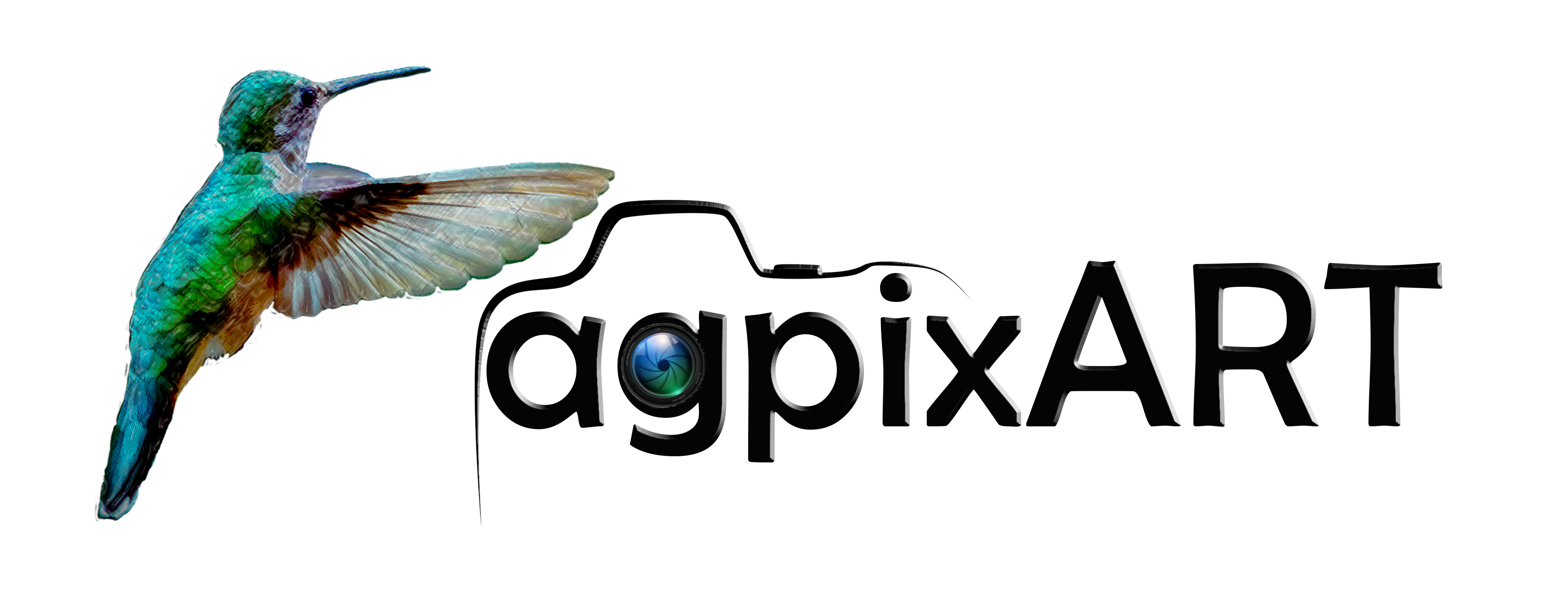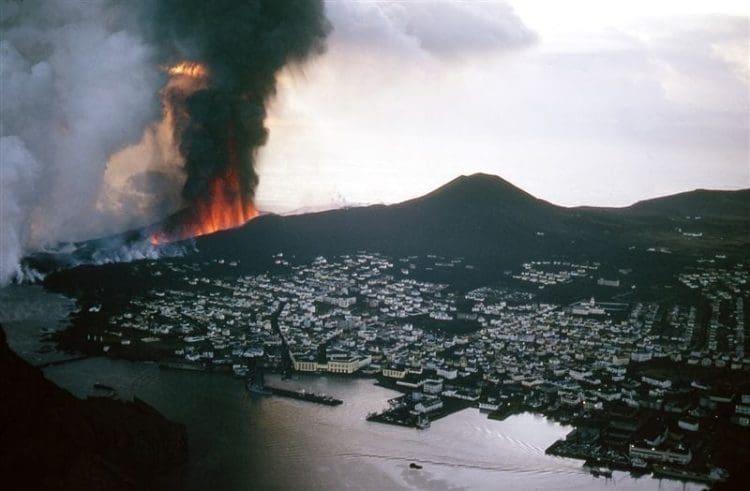Heimaey Island
Heimaey Island is the largest and most populous island in the Vestmannaeyjar (Westman Islands) archipelago off the southern coast of Iceland.

Explore Heimaey Island
Heimaey Island is located about 7.4 kilometers (4.6 miles) off Iceland’s mainland, making it easily accessible by ferry or, seasonally, by air. It covers an area of approximately 13.4 square kilometers (5.2 square miles).
Vestmannaeyjabær is the principal town, where most of the island’s population resides. With approximately 4,300 inhabitants, it is one of the few permanently populated islands in the Westman Islands archipelago.
Weather can change rapidly here; warm, waterproof clothing is advisable. Be ready for rain and wind!
Heimaey Island
TidBits Tabs
(click on the tab to open/close)

Around 9th century – The island has been inhabited since the Norse settlement of Iceland around the 9th century, with Herjólfur Bárðarson being one of its first settlers.
1973 Eruption – Perhaps the most significant event in Heimaey’s recent history was the eruption of Eldfell volcano in 1973, which led to the evacuation of the island’s population and significant changes to its landscape. This event is known for the heroic efforts to save the harbor by pumping seawater onto the advancing lava flow.
Puffin Colonies – Heimaey Islands is one of the best places to observe puffins in their natural habitat. Stórhöfði, the southernmost point of the island, hosts a significant puffin colony. The area features a puffin hide or observation point where visitors can watch these birds up close without disturbing them.
Puffins are sometimes seen near the harbor, especially early in the morning or in the evening when they come in to feed or rest.
Puffin Nests – Puffins dig burrows in the soft soil or utilize natural crevices in the rock to lay their eggs. These burrows protect the egg (and later, the chick) from predators and harsh weather.
Puffin Feeding – Puffins often return from the sea with beaks full of small fish for their young. This behavior, known as “billing,” is one of the more endearing sights for observers.
Puffin Protection – There’s a strong emphasis on conservation due to the importance of puffins to the local ecosystem and tourism. Stay on marked paths to avoid disturbing nesting sites. Not approach too closely or touch the birds to prevent stress or abandonment of nests.
Folklore and Symbolism – Puffins have a special place in Icelandic culture, symbolizing resilience, community, and the bond between nature and human life. They’re featured in local art, stories, and even on the town’s coat of arms.
Puffin Rescue – It is a community-driven initiative aimed at saving young puffins, known as pufflings, that get lost during their first flight from their cliffside nests confused by the town lights of Vestmannaeyjabær, leading them to fly inland instead of out to sea. The locals, especially children, form groups to search for lost pufflings at night. Participants use flashlights, headlamps, and cardboard boxes to gently collect the pufflings they find. After collecting the pufflings, they are taken to designated locations like the Sea Life Trust Beluga Whale Sanctuary (which also houses a Puffin Rescue Centre) or directly to the ocean for release. Puffling rescue has become a cherished tradition, with families participating across generations. It’s both a conservation effort and a way to instill a sense of environmental responsibility in the youth.
More to Read – https://www.snexplores.org/article/baby-puffins-rescue-iceland

Þjóðhátið – One of Iceland’s largest summer festivals, held annually during the first weekend of Augus in the Herjólfsdalur valley since 1874, with music, dance, and celebrations.
Þjóðhátíð: An Epic Music and Cultural Festival in Iceland
Goslokahátíð – Celebrates the end of the 1973 Eldfell volcano eruption every July with various events.It is family fun, usually children’s attractions are set up around the city. On Saturday evening there is a concert in the port where people party till dawn in the open air.https://hatid.is/events/goslokahatid/?lang=en
Heimaey Island
Instructions for photo proofing and comments:
Left-click on the photo to access options for title information (i), leave comment, or mark the photo(s) as the favorite. The option to submit the selected as favorite photos is under “Submit proofs” button under photo gallery.

